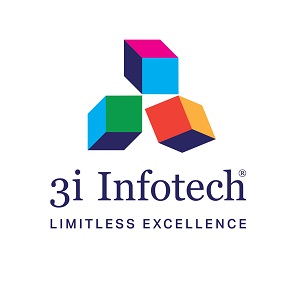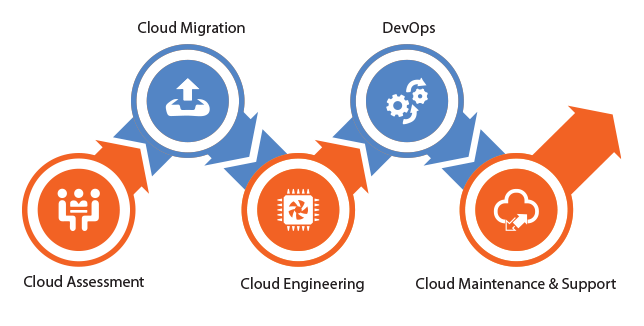










Step 1: Create A Release Pipeline - A pipeline helps the user to automatize steps in its software delivery process, like commencing automatic builds and then locating to Amazon EC2 instances. Amazon EC2 delivers the virtual application servers popularly known as instances to deploy all the code changes performed. The user can create a release pipeline that automates the entire delivery process using AWS CodePipeline. Amazon EC2 permits the user to configure, scale its compute capacity effortlessly to meet varying requirements and demands of the consumer
Step 2: Connect A Source Repository – After creating a release pipeline that automates the entire software delivery process using AWS CodePipeline, Now is the time connects a source repository like AWS CodeCommit, Amazon S3, GitHub or with your custom plugin to your respective pipeline.
Step 3: Automate Code Deployments – After completing step 3, you can automate code deployment by simply connecting your pipeline to AWS CodeDeploy.
Step 4: (Optional) Plug In Other AWS Services - - As part of your CI/CD Pipeline setup, you will also need to plug other AWS services into CodePipeline to successfully finish your software delivery pipeline. This step is completely optional based on the user requirements. Traditionally you will complete the entire process in just 3 simple steps.
AWS Code Pipeline automates the entire software release process, allowing you to rapidly release latest features to the prospective users.
It permits you to model the various stages of your software release process using console interface, AWS CLI, AWS CloudFormation or AWS SDKs.
With AWS Code Pipeline, you can instantly begin to model your software release process and successfully connect to your existing tools and systems.
It can easily be extended to adapt to customized requirements. You can use pre-built plugins or your own custom plugins in any step of the software release process

We are your Strategic IT Partner in development of reliable and scalable IT solutions for any OS, browser and device. We bring together deep industry expertise and the latest IT advancements to deliver custom solutions and products that perfectly fit the needs and behavior of your target audience.
Skype :: biztechnosys
AUS :: +61 4684 88455
INDIA :: +91 77600 97778
Email :: info@biztechnosys.com
Copyright © 2012 – 2023 BIZTECHNOSYS. All Rights Reserved.